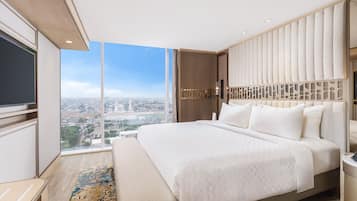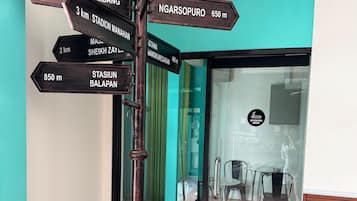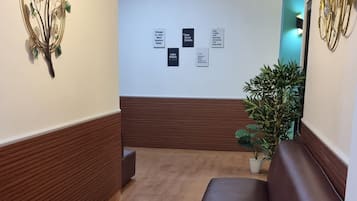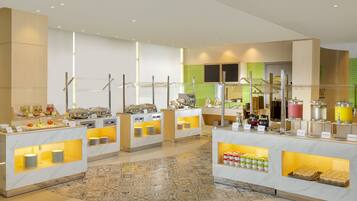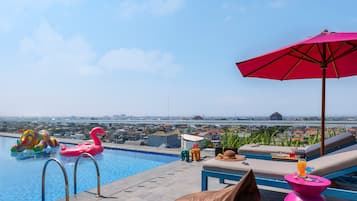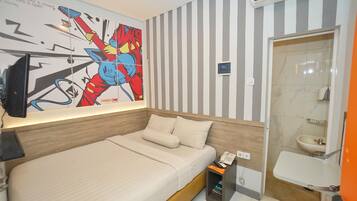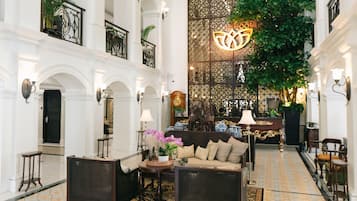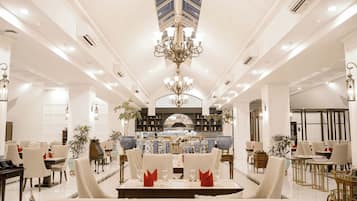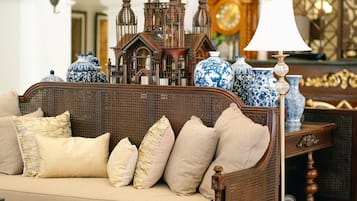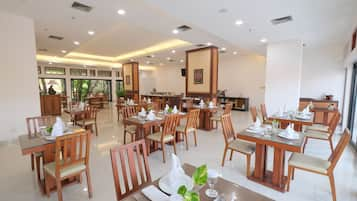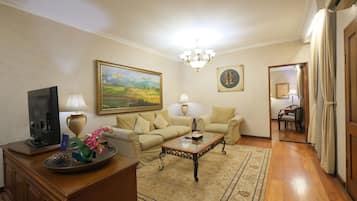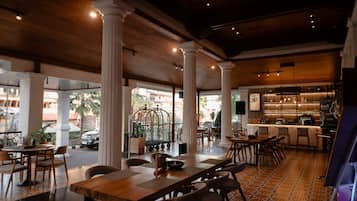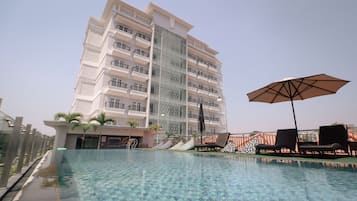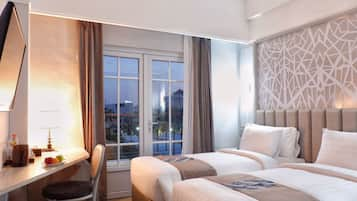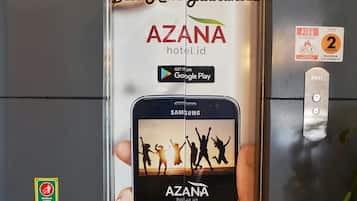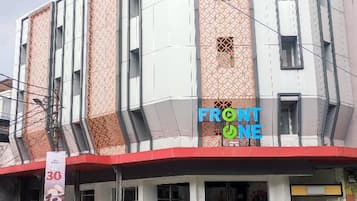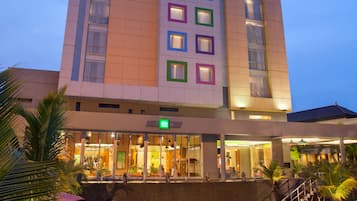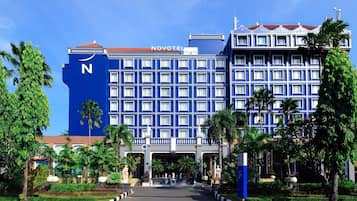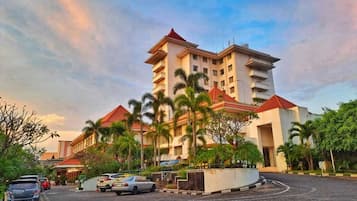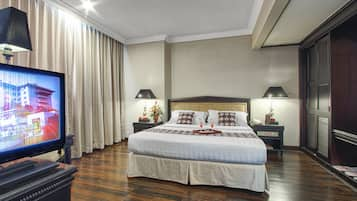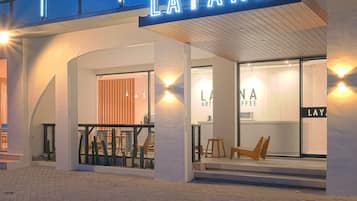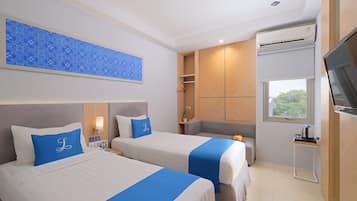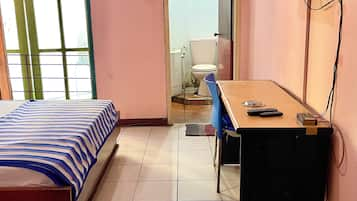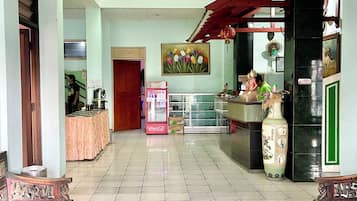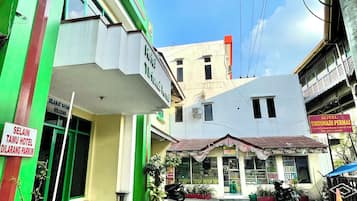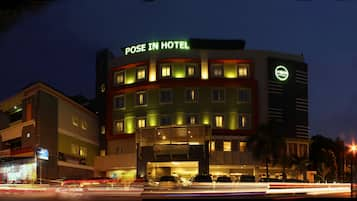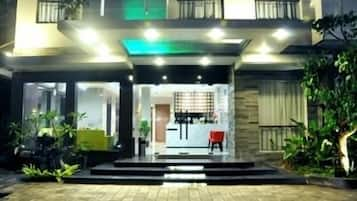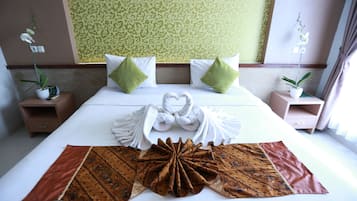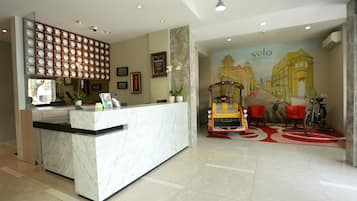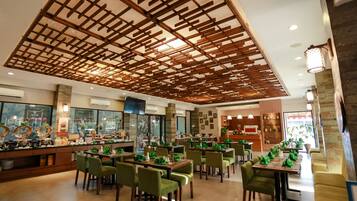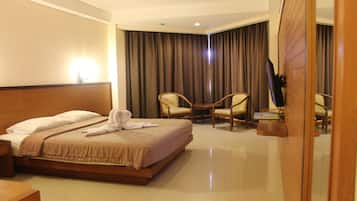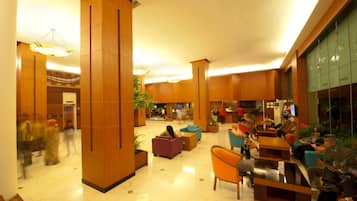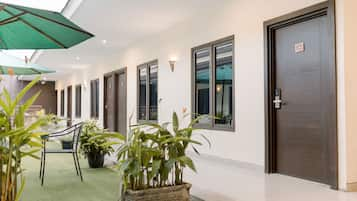Foto oleh Sharrie Shaw
Hotel di Banjarsari
- Ubah fikiran andaTempah hotel dengan pembatalan percuma
- Jadi cerewetCari hampir sejuta hartanah di seluruh dunia
Jangkau melebihi penginapan biasa anda di Banjarsari
Mesra keluarga
Semak harga untuk tarikh ini
Malam ini
Esok
Hujung minggu depan
Dua minggu kemudian
Pemesanan Hotel Terbaik di Surakarta

Swiss-Belhotel Solo
Banjarsari
9.2 daripada 10, Hebat, (38)
Harga ialah RM176
RM212 jumlah
termasuk cukai & fi
17 Nov - 18 Nov
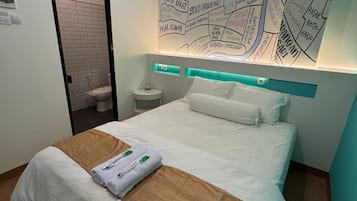
Comfort Centre Residence Solo
Banjarsari
Harga ialah RM66
RM80 jumlah
termasuk cukai & fi
17 Nov - 18 Nov
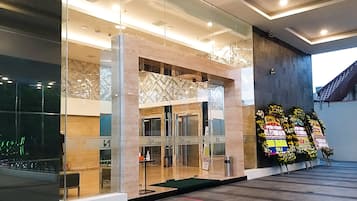
Zest Parang Raja Solo by Swiss-Belhotel International
Banjarsari
7.0 daripada 10, Baik, (2)
Harga ialah RM63
RM77 jumlah
termasuk cukai & fi
19 Nov - 20 Nov
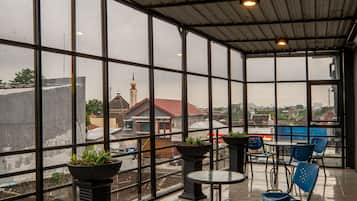
Red Chilies Hotel
Banjarsari
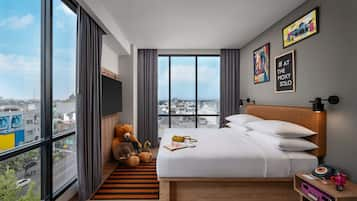
Moxy Solo
Banjarsari
9.2 daripada 10, Hebat, (7)
Harga ialah RM148
RM179 jumlah
termasuk cukai & fi
21 Nov - 22 Nov
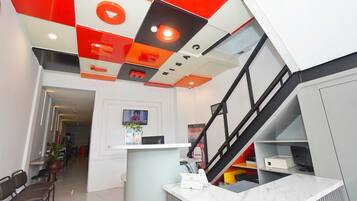
Front One Budget Hotel Tirtonadi Solo
Banjarsari
4.0 daripada 10, (1)
Harga semalam terendah yang ditemui dalam masa 24 jam lalu berdasarkan penginapan 1 malam untuk 2 orang dewasa. Harga dan ketersediaan adalah tertakluk pada perubahan. Terma tambahan mungkin dikenakan.
Tempat penginapan di Banjarsari
Cari kawasan dan kawasan sekitar Banjarsari terbaik untuk aktiviti yang paling anda nikmati.
Pusat Bandar Solo
Anda akan menikmati muzium dan zoo di Pusat Bandar Solo. Anda mungkin ingin meluangkan masa untuk singgah ke Pusat Membeli-belah Solo Paragon Lifestyle atau Taman Keprabon.
![At the museum no photos are allowed which is really unfortunate as it was well worth the visit and the guided tour is definitely not to be missed. In the museum there are even Batik made from the Dutch era which depicts stories like Little Red Riding Hood and Snow White!
I enjoyed the tour v much and at the end of the tour we were brought to this room where the artisan were working on hand drawn batik.
Below is an excerpt from Wikipedia for anyone interested in learning more about the process of batik making.
Firstly, a cloth is washed, soaked and beaten with a large mallet. Patterns are drawn with pencil and later redrawn using hot wax, usually made from a mixture of paraffin or bees wax, sometimes mixed with plant resins, which functions as a dye-resist. The wax can be applied with a variety of tools. A pen-like instrument called a canting (IPA: [tʃantiŋ], sometimes spelled with old Dutch orthography tjanting) is the most common. A canting is made from a small copper reservoir with a spout on a wooden handle. The reservoir holds the resist which flows through the spout, creating dots and lines as it moves. For larger patterns, a stiff brush may be used. Alternatively, a copper block stamp called a cap (IPA: [tʃap]; old spelling tjap) is used to cover large areas more efficiently.
After the cloth is dry, the resist is removed by scraping or boiling the cloth. The areas treated with resist keep their original color; when the resist is removed the contrast between the dyed and undyed areas forms the pattern. This process is repeated as many times as the number of colors desired.
The most traditional type of batik, called batik tulis (written batik), is drawn using only the canting. The cloth need to be drawn on both sides and dipped in a dye bath three to four times. The whole process may take up to a year; it yields considerably finer patterns than stamped batik.
Source: Wikipedia](https://images.trvl-media.com/place/6224808/26fd1460-c65a-4c1a-9444-7a893e883ac9.jpg?impolicy=fcrop&w=1200&h=500&q=medium)


